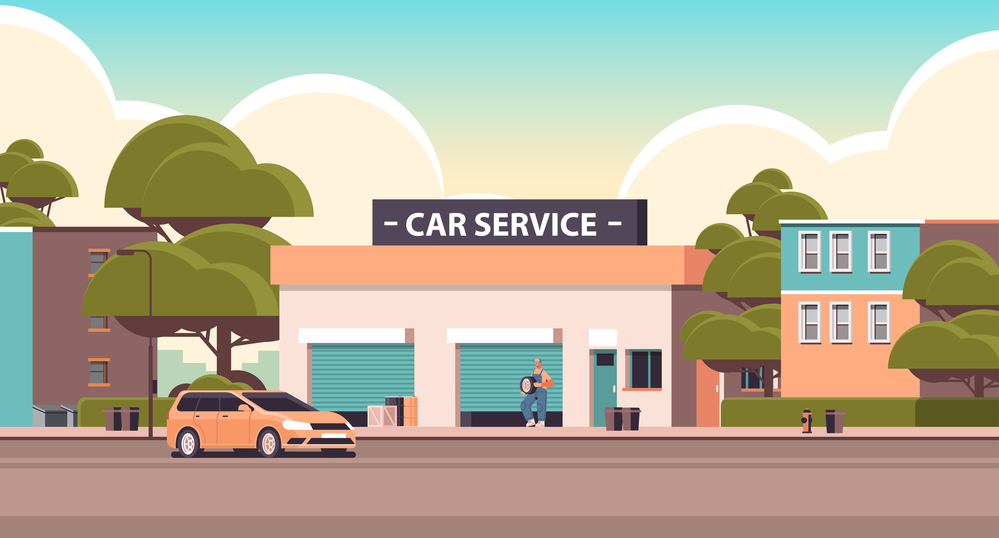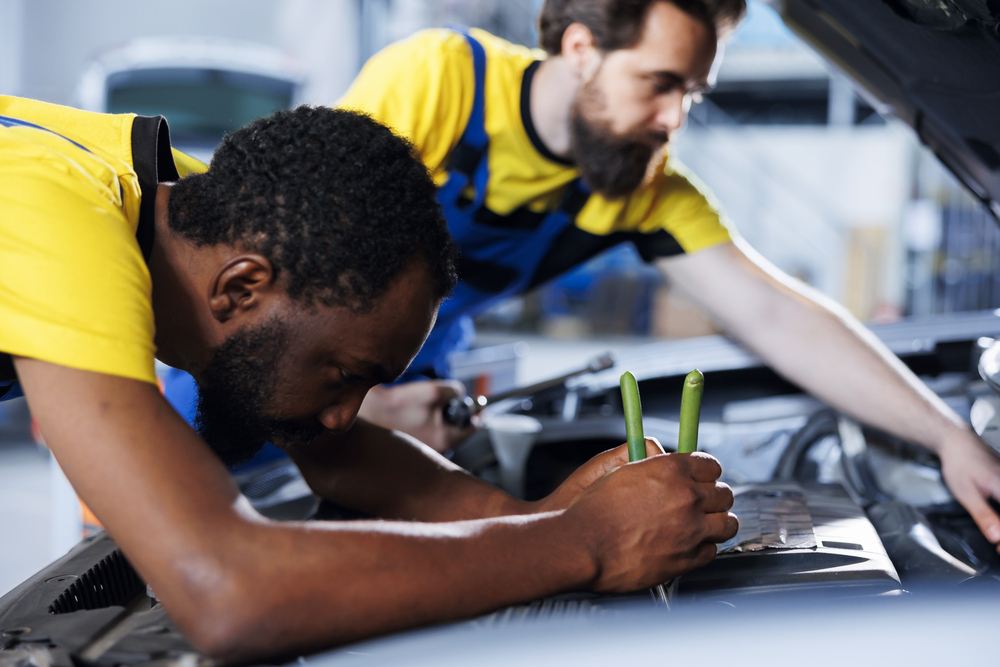
Whether it’s cost of living, desire for more space or the slower pace, people moving out of cities and into suburban communities has benefits for the automotive aftermarket. However, those living in cities are still key clients for the industry, an industry expert observed.
During the Three Dragons session at this year’s MEMA Aftermarket Suppliers Conference in Detroit, Greg Melich, senior managing director at Evercore ISI, provided the Wall Street perspective of trends taking place in the auto care sector. One of the trends he highlighted was the one that accelerated over the COVID-19 pandemic and saw people leave large urban centres for smaller suburban ones.
To Melich, whether people are driving their personal vehicle or using a ridesharing problem like Uber or Lyft, there’s a vehicle still accumulating mileage and that vehicle still needs to be maintained and repaired. However, people moving to the suburbs means more of a need for a vehicle as consumers generally have to travel farther per trip, be it for work or errands. So customer makeup could be different.
That said, while vehicle usage increases in suburban areas, Melich noted that incomes are generally lower than in urban areas. That means households with more vehicles in their driveways actually have less income than those in urban centres with fewer cars — so lower-income families are spending more on vehicle repair.
“This is one of those unique consumer categories where consumption of units doesn’t go up where incomes are higher in these more densely populated markets,” Melich observed. “So this is an area where having affordable cars that people can drive to get to work is such a key part of the equation.”
As for a tail risk, he pointed to electric vehicles. He noted investors are nervous when it comes to investing in the aftermarket because of the uncertainty of EV lifespan — making these essentially disposable vehicles — and issues around right to repair and if the industry will even be able to repair EVs.
“Because if we can’t fix the electric cars, and we don’t find a way to rebuild them … there’s a risk in 10 years that this industry,” could shrink.












Leave a Reply